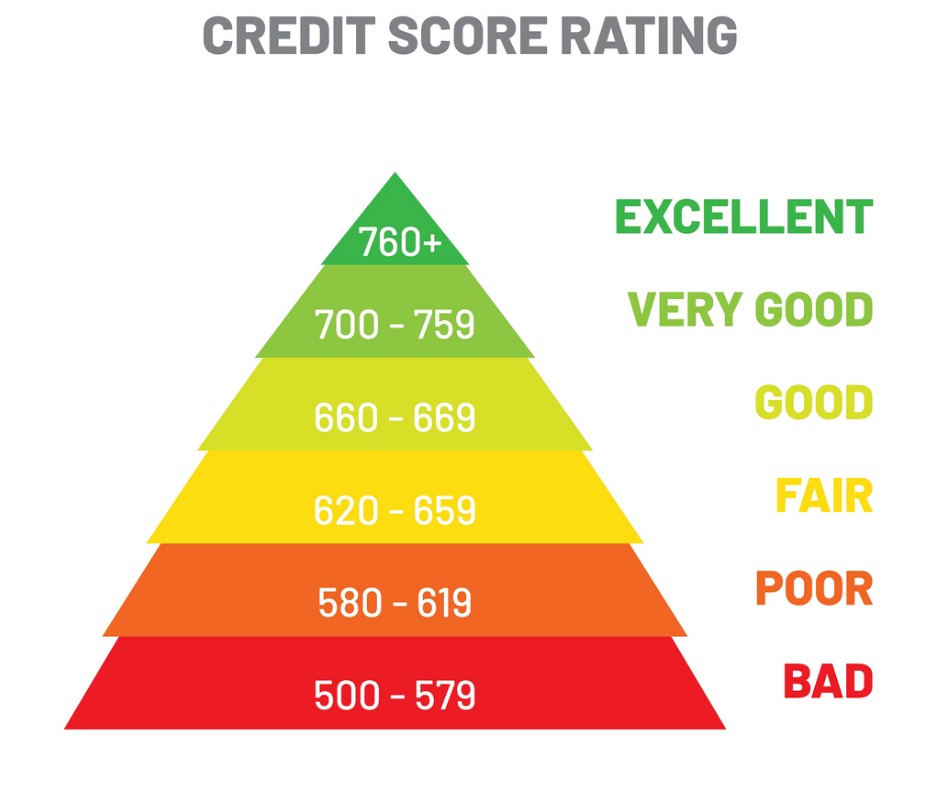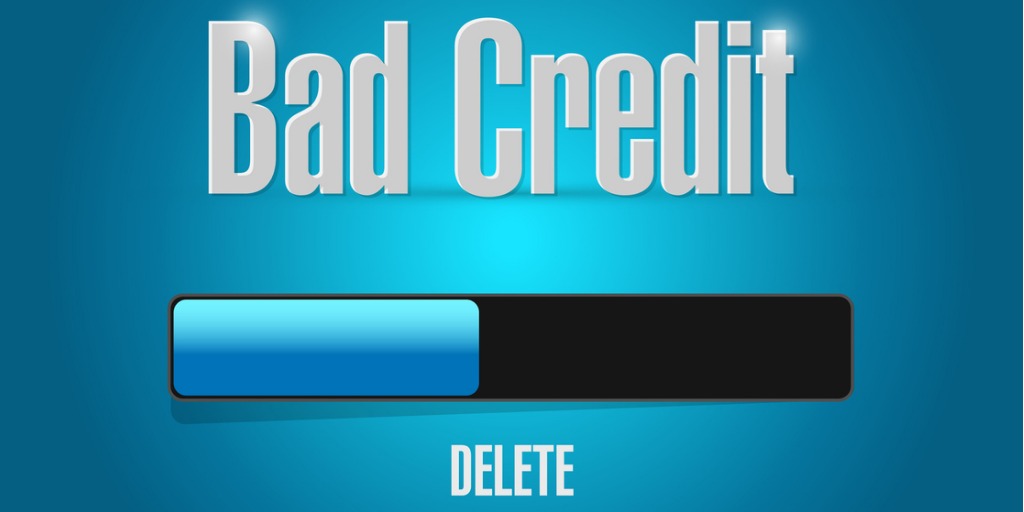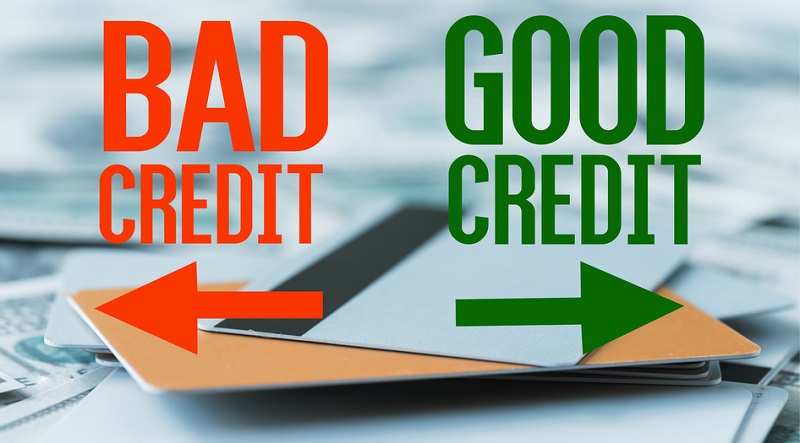- Home
- Repair 101
- Fico Vs Credit Score
FICO vs Credit Score: Understanding The Differences!

Knowing the difference between a FICO vs credit score will undoubtedly become a golden ticket to financial success – lower interest rates on all loans, the best credit cards, new higher credit limits, etc.
However, while many consumers know what credit scores are, credit scores sometimes seem like a jumble of numbers and data.
After spending a few minutes researching what credit scores are and why they matter, it's easy to assume you know everything you need to know about your FICO vs credit score record – but think again!
FICO vs Credit Score 101.
According to a BAV Consulting survey, 62% of consumers who receive a non-fico score mistakenly believed what they received was their FICO score, which is not precisely correct. So, what is a FICO score, exactly?
Maybe you overheard a friend or colleague talk about how their FICO Score 8 for their Transunion credit report dropped. Or how their Experian VantageScore 3.0 is in excellent shape. Or maybe you heard or read somewhere about FICO's new scoring model.
FICO vs Credit Score - What Does it All Mean?
It is sometimes not apparent which scores matter, what makes each scoring model different, and where to find them. In particular, if FICO scores keep popping up when doing your research.
So, what's the deal – are "credit scores" and "FICO" scores the same? Does one matter more than the other? Here's all you need to know about FICO vs. credit score.
Critical Differences Between Credit Scores And FICO Scores.

What Is A Credit Score Rating?
Credits scores are a person's financial story told in a three-digit number, which lenders rely on to evaluate a consumer's creditworthiness. Credit bureaus usually determine credit scores.
Contrary to popular belief, consumers can have more than one. Your score will vary depending on which credit bureau issued your credit report.
That's because creditors can report your financial behavior to just one or two (or all) of the three major credit bureaus so that each credit reporting agency will have different information about you in their credit reports.
What Is A FICO Score?
Close your eyes, now picture a world where every lender used a different approach to decide whether to approve a consumer's loan or not.
It would be chaos! It would be impossible to know if your credit/loan application would be approved in one place and denied in another.
Well, this used to be the reality a few decades back. Lenders used to rely on different ways to extend credit to consumers. But way back then, people used to get approved or denied by lenders all the time based on inconsistent and often unfair information.
Luckily, thanks to the introduction of FICO scores in 1989 – courtesy of Fair Isaac Corporation – those days are behind us, and lenders can now rely on FICO scores as their industry standard for determining a consumer's creditworthiness.
Fair Isaac Corporation (FICO), a data analytics company, took it upon themselves to create the FICO score model to simplify and streamline the decision-making process for lenders and make the lending process more transparent, consistent, and fairer for consumers like yourself.
So, there you have it: FICO scores are just one type of credit score. The reason why you've probably heard or seen the term "FICO score" used interchangeably with "credit score" is because it is the most widely used.
But there are other different scoring models such as VantageScore. Think of it this way: All Tesla cars are electric, but not all-electric vehicles are Teslas.
VantageScore vs. FICO vs Credit Score
VantageScore is the other popular credit scoring model. The VantageScore model started in 2016 as a joint venture between Transunion, Experian, and Equifax. An excellent example of the difference between FICO scores and VantageScore is their scoring range.
On the FICO model, score range from 300 to 800, while VantageScore scores range from 501 to 990. However, it's crucial to know that most lenders prefer the FICO model, with over 90% of U.S. lenders relying on the model to make lending decisions.
If you're planning on applying for new loans, make sure you check your FICO score since the odds are your lender will use it to determine if you're an attractive borrower or not.
FICO's Credit Score Formula: How Your FICO Score Is Calculated.

Now FICO vs credit scores has all this hype surrounding scores. You're probably wondering what yours looks like, how it is determined, and how you can check it, right. FICO score 8, which is the most commonly used.
A FICO score can be broken down into:
- Very poor: 300-579
- Fair: 580-669
- Good: 670-739
- Very Good: 740-799
- Exceptional: 800-850
FICO vs credit scores explained. Are you curious where your score falls and why? Try getting your FICO score through your bank or credit card issuer. Other online resources provide consumers with free access to their FICO scores; check them out.
As for why your FICO score is what it is, FICO calculates your score by crunching numbers and statistics from different data points pulled from your credit report.
**Tip** FICO and other credit scoring companies continually update their models and formulas, and FICO launched FICO Score 10 as its latest model.
While this version is not as widely used as the FICO Score 8 version, you'll want to know what changes FICO made on their new scoring model and how they can affect your score.
Here are the five elements that FICO evaluates to build your credit score in order of importance:
- Payment History (roughly 35%): Takes into account if you paid your credit accounts on time. A solid reputation for early payments is outstanding. Any instances of late or derogatory marks will adversely affect your FICO score.
- Amounts Owed Relative To Available Credit (roughly 30%): Takes your credit utilization ratio into account. That is the total amount you owe divided by your credit limit. It's best to maintain a debt-to-credit balance at or below 30%.
- The Length Of Your Credit History (about 15%): Takes your credit accounts' age into account. How long have you had credit? The longer your positive reporting history on your credit report, the higher your score.
- Frequency Of New Credit (roughly 10%): Takes into account how often you apply for and open new credit accounts. While it's not necessarily wrong to have multiple newly opened credit accounts, owning too much across several lenders could make lenders question your ability to repay all this new debt, which can hurt your FICO score.
- Credit Mix or Types Of Credit Used (about 10%): Takes into account the variety of credit lines you have, such as mortgage loans, installment payments, credit cards, car loans, etc. Lenders prefer to see that a consumer can manage different types of credit.
All the factors mentioned above are crucial in determining your FICO score. If you've used your credit irresponsibly, the chances are your score will be low.
An excellent way to raise your FICO score is with responsible financial decisions and credit repair services. For those looking to fix their horrible FICO score, check out Better Credit Booster.
Why Does Your FICO Score Matter?
Credit scores, mainly your FICO score, play a vital role in your credit life, including renting an apartment, auto insurance, credit cards, etc.
With an exceptional credit score, you'll get better rates on insurance, it's cheaper to take loans, and you'll even have an easier time renting an apartment and applying for some jobs. That's right: a good or excellent score can save you money and pretty much make your life easier.
So, there you have it – FICO vs credit score. Never assume that all credit scores are FICO scores or vice versa.
The first step to fixing horrible credit or establishing good credit is understanding your score. By knowing and understanding as much as you can about FICO vs credit scores, you can take control of them.
Free 5-Day - Start Repairing Credit Challenge - Do It Yourself - Including A Live Expert Question & Answer Session.

Related Articles:
- Better Credit Booster News and Tips
- 101 Credit Tips to Boost Credit Score Points, Today!
- How to Start Repairing Credit
- Frequently Asked Credit Repair Questions and Answers (FAQ)






